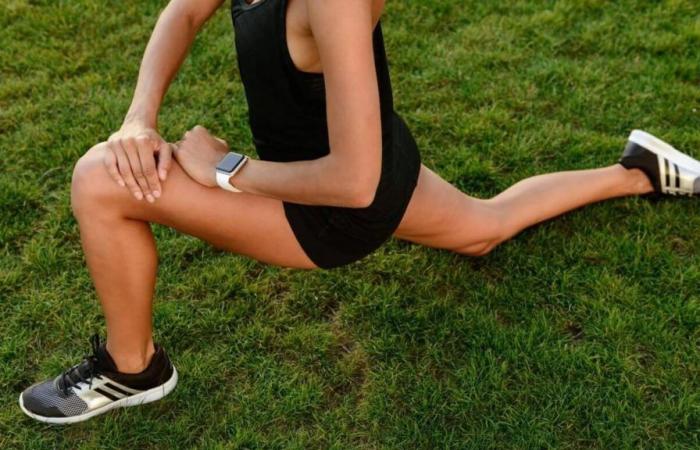With the arrival of good weather, many people feel motivated to participate in outdoor activities. Running, swimming, cycling, playing tennis or paddle tennis are some of the most appreciated disciplines at this time of year. But often, sports practice is carried out at a time when the body is not yet ready, which sometimes requires overexertion and leads to injuries.
However, this seasonal interest in exercising the body after a long period of sedentary lifestyle entails a risk inherent risk of injury, especially when playing contact sports or high-impact activities. Lack of proper warm-up, improper technique, and overtraining are factors that significantly increase the risk of injuries, from sprains and strains to bone fractures.
Before starting
The first step that a person should take before starting any physical activity is to become aware of one’s fitness level and be aware of one’s physical limits. “We cannot expect to go from 0 to 100, since this strategy could cause more harm than good,” warns the doctor. Alfredo Godoy Adarotraumatologist in the emergency service at Hospital Quirónsalud Barcelona.
Age and health limitations, if any, must also be taken into account. “It is advisable to avoid sudden rotations at first so as not to damage the waist, ankles either knees “They are more prone to injuries and, on the other hand, a traumatologist should be consulted before starting a highly physically demanding activity, or if you have had previous pathologies, to determine appropriate physical exercises for each person,” adds the specialist.
In this case, the most recommended exercises for those people who have a previous pathology are those that do not have impact and that they have smooth mobility. “This will strengthen the muscles of the affected joint and prevent new injuries,” says Dr. Godoy Adaro.
How long to exercise depending on age
Likewise, it is necessary to adapt the volume of physical activity depending on age. The WHO advises that children and adolescents (5 to 17 years) exercise a maximum of 60 minutes a day. Adults (18 to 65 years old) should dedicate between 2.5 hours and 5 hours per week of moderate aerobic activity, or 75 minutes in the case of intense activity.
Regardless of the age group in which you move, the ideal would be to “combine aerobic exercises (such as walking, running, swimming, cycling) and muscle strengthening exercises (such as lifting weights, doing push-ups, sit-ups…)”, he clarifies. the doctor from Quirónsalud Barcelona.
Guideline to avoid injuries
Prepare your body: Before you start, spend about 5-10 minutes warming up your muscles and joints. You can do mobility exercises, dynamic stretches, and some light cardiovascular exercise.
Start slow: If you’re new to training or picking up after some downtime, start with low-intensity exercises. Activities such as brisk walking, swimming, using the stationary bike or performing exercises with your own weight (such as squats, sit-ups and push-ups) are ideal.
Gradually increase: Over time, as your body gets used to it, you can increase the intensity and duration of your workouts. This may include increasing the speed, resistance, or weight in your strength exercises.
Listen to your body: Pay attention to your body’s signals. If you feel severe pain, unusual discomfort, or extreme fatigue, stop and rest. Pushing yourself too hard can lead to injuries.
Get enough rest: Rest is as crucial as exercise. Give your body time to recover and repair muscle tissues. Make sure to include rest days in your weekly planning.
Vary your routine: Changing up your routine and working different muscle groups not only prevents boredom, but also prevents injury by allowing some muscles to rest while others work.
Take care of your technique: It is vital to perform the exercises with good technique. If you are not sure how to do an exercise correctly, it is best to choose one you know or consult with a specialist.
Hydrate and eat well: Good hydration and adequate nutrition are essential to optimize your performance, promote muscle recovery and maintain good health in general.






